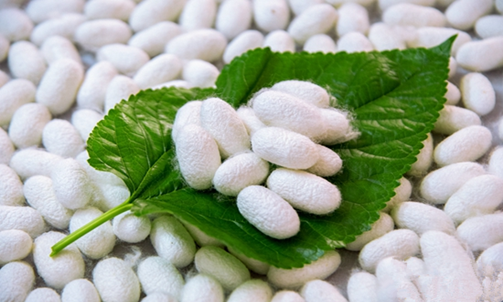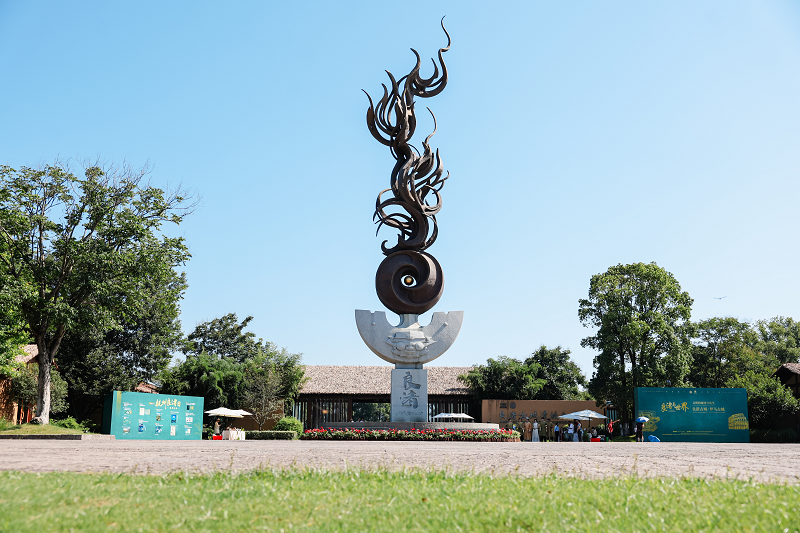Sericulture and silk craftsmanship of China

Silkworm cocoons bring great economic benefits to locals. [Photo by Liang Hongyan/hcwang.cn]
2009, Representative List of the Intangible Cultural Heritage of Humanity
Sericulture and silk craftsmanship of China, based in Zhejiang and Jiangsu Provinces near Shanghai and Chengdu in Sichuan Province, have an ancient history.
Traditionally an important role for women in the economy of rural regions, silk-making encompasses planting mulberry, raising silkworms, unreeling silk, making thread, and designing and weaving fabric. It has been handed down within families and through apprenticeship, with techniques often spreading within local groups.
The life cycle of the silkworm was seen as representing the life, death and rebirth of human beings. In the ponds that dot the villages, silkworm waste is fed to fishes, while mud from the ponds fertilizes the mulberry trees, and the leaves in turn feed the silkworms. Near the beginning of the lunar year, silkworm farmers invite artisans into their homes to perform the story of the Goddess of the Silkworm, to ward off evil and ensure a bountiful harvest. Every April, female silkworm farmers adorn themselves with colourful flowers made of silk or paper and make harvest offerings as part of the Silkworm Flower festival. Silk touches the lives of rural Chinese in more material ways, too, in the form of the silk clothes, quilts, umbrellas, fans and flowers that punctuate everyday life.



